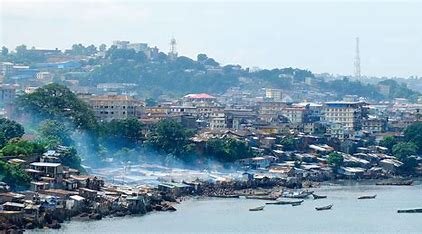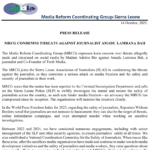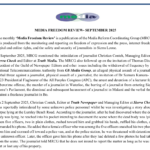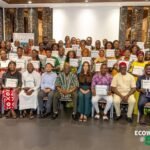By patricia.ngevao@awokonewspaper.sl (MRCG/ATJLF Fellow 2025)
In the early hours of the morning, the streets of Bombay and Mountain Cut in the East End of Freetown are already brought to life by the activities of residents. Roadside vendors arrange their stalls, some selling fried plantains and grilled fish, the aromas mixing with the cool, crisp air. Tricycles maneuver through the gentle flow of traffic, their engines humming as the city gradually shakes off its slumber, welcoming the new day.
These neighborhoods still bear the scars of Sierra Leone’s eleven years (1991–2002) civil war, and violence here is cyclical.
Though the fighting ended decades ago, economic despair and lawlessness seem to have replaced bullets and the terror of the various factions involved in the war.
One unforgettable incident happened in April 2006, when youths from Mountain Cut lured police into a trap by falsely reporting a robbery. When the officers responded, they were ambushed by the youths, leading to a violent clash. While there were reports of injuries, details on casualties or arrests weren’t unclear.
Fast forward on August 10, 2022, a similar but more severe outbreak of violence occurred in parts of the country. In Freetown, it occurred mainly in the east end of the capital city. Anti-government protests escalated into deadly clashes between security forces and demonstrators. While the government termed them as an attempt to overthrow it, according to its critics, the protests were fueled by widespread frustration over economic hardship, inflation, and the perceived inability of the authorities to address them.










Leave a Reply